Manuscripts Etc.
| CLOSE WINDOW |

|
The following items are drawn from the William Faulkner Foundation Collection at the University of Virginia's Albert and Shirley Small Special Collections Library (http://small.library.virginia.edu/). |
|
The manuscript of the story is missing its last page and has been badly damaged. But its fifth and last extant sheet (below) contains the beginning of an extremely interesting passage that never appeared in the published story. It's a conversation between "Miss Emily" and "the negro" (as her servant Tobe is referred to), about the secret in her past and his plans for the future.
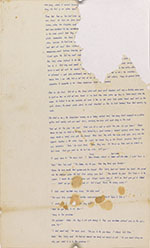 When Faulkner's manuscripts were retyped before being sent out to a publisher or a magazine, he kept a carbon copy for his records. Below are three pages from the carbon copy of the typescript for "A Rose for Emily." As he usually did, he made revisions as he typed, but he kept in the conversation between Emily and Tobe. In fact, he expanded it, making Tobe's own character, and the terms of his relationship with Emily, even more interesting. Thanks to the typescript, we can read the entire exchange. 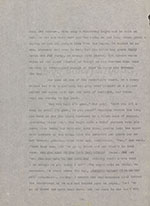 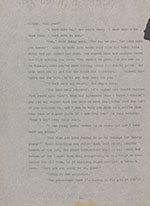 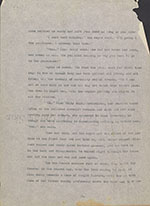 And finally, below is the last page of the published story as it appeared in the April 1930 issue of Forum. By this point the story has been divided into five numbered sections. The excised passage would have gone at the end of section IV.
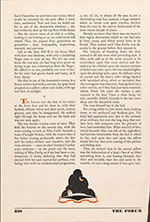 As a practical matter, it was easy to remove the conversation between Emily and Tobe: the published version makes no substantive revisions in the typescript's text of the paragraphs before and after it. But interpretively, retaining the passage would have changed the story we read in several significant ways. The relationship between the white lady and the black man is made more complex. Tobe himself becomes a much more intriguing character, having known all along what no one else in the town learns until after Emily is buried about what went on inside that big house. On the other hand, the story provides no way to account for its narrator's access to the conversation. There is no way to tell who authorized the passage's removal - or why. Citing this source: |
